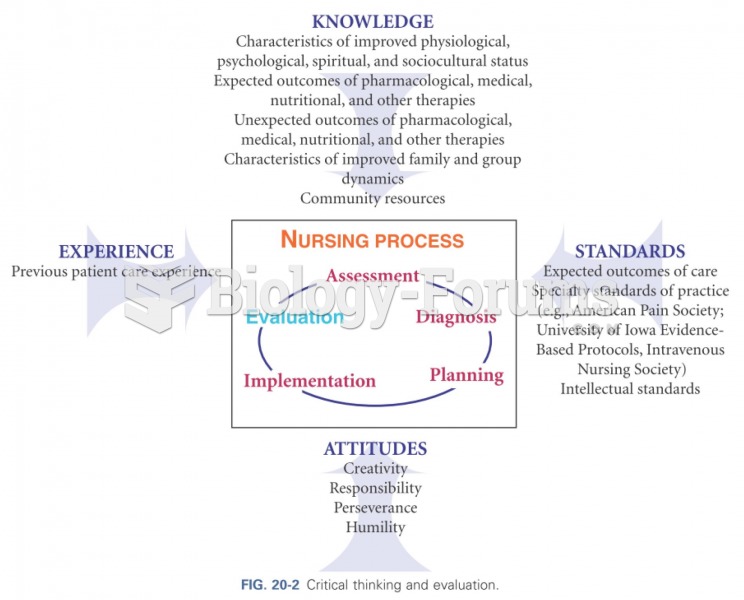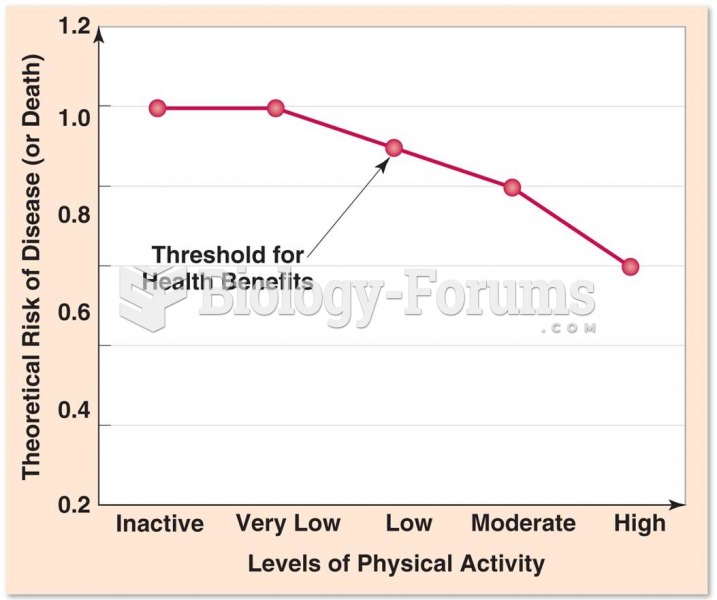Answer to Question 1
Answer: D
Explanation: A) Incorrect. Statement 1 is incorrect. Collaborating is most appropriate when the issue importance is high. Statement 2 is correct. Collaboration is no easy task, and you should first ensure whether it would be worth the effort. Statement 3 is correct. You should make sure that time is not an issue, because collaboration is no easy or quick fix. However, it is often worth it.
B) Incorrect. Statement 1 is incorrect. Collaborating is most appropriate when the issue importance is high. Statement 2 is correct. Collaboration is no easy task, and you should first ensure whether it would be worth the effort. Statement 3 is correct. You should make sure that time is not an issue, because collaboration is no easy or quick fix. However, it is often worth it.
C) Incorrect. Statement 1 is incorrect. Collaborating is most appropriate when the issue importance is high. Statement 2 is correct. Collaboration is no easy task, and you should first ensure whether it would be worth the effort. Statement 3 is correct. You should make sure that time is not an issue, because collaboration is no easy or quick fix. However, it is often worth it.
D) Correct. Statement 1 is incorrect. Collaborating is most appropriate when the issue importance is high. Statement 2 is correct. Collaboration is no easy task, and you should first ensure whether it would be worth the effort. Statement 3 is correct. You should make sure that time is not an issue, because collaboration is no easy or quick fix. However, it is often worth it.
E) Incorrect. Statement 1 is incorrect. Collaborating is most appropriate when the issue importance is high. Statement 2 is correct. Collaboration is no easy task, and you should first ensure whether it would be worth the effort. Statement 3 is correct. You should make sure that time is not an issue, because collaboration is no easy or quick fix. However, it is often worth it.
Answer to Question 2
Answer: D
Explanation: A) Incorrect. Forcing is most appropriate when the issue is important and the relationship is not, and time is a significant factor.
B) Incorrect. Accommodating is most appropriate when the issue is of low importance and time is a significant factor.
C) Incorrect. Avoiding is most appropriate if the issue is unimportant, the relationship is unimportant, and time is an issue.
D) Correct. Under these circumstances, compromising is the best choice. Also, the parties should have relatively equal power.







